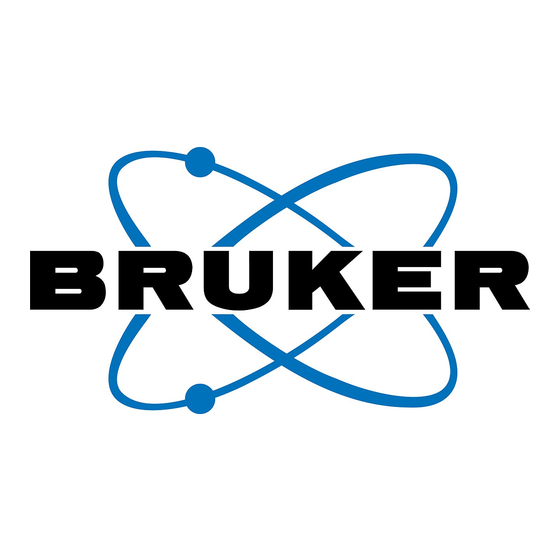
Advertisement
IR Microscope: Basic Instructions
Note: microscope manual available on BB.
Log on to computer with university username and password.
Start OPUS and log on with password infrared.
Fill IR detector Dewar with liquid nitrogen (normally use the one on the left –
mid band detector). Fill it until it begins to spill out, and the red light under the
"snowflake" symbol (K in diagram below) goes off.
Checking the signal
On the microscope, press the "eye" button (F in diagram). This gives a small
spot (if you don't see it, you probably need to increase the intensity using the
wheel below the stage - I in diagram). Focus it onto a mirror or, preferably, a
less reflective bit of metal. Use the focus knob (on the right, at the back) to
obtain a small spot. Now look through the binoculars and get a focused
image, using the same knob.
Press the "wave" button, on the left.
In Opus, select Measure Setup Measurement Parameters
You can load a previous set of parameters by clicking Load (there is a file
called Peter Basic Parameters in My Documents).
Go to Check signal (tab at top right).
interferogram somewhere around 70000. If you don't see
You should get an
one, check you are in reflectance mode (under Advanced). Also make sure
the
detector is cold.
When you have the interferogram, click
Save Peak Position then Save and
Exit.
Advertisement
Table of Contents

Summary of Contents for Bruker IRscope II
- Page 1 IR Microscope: Basic Instructions Note: microscope manual available on BB. Log on to computer with university username and password. Start OPUS and log on with password infrared. Fill IR detector Dewar with liquid nitrogen (normally use the one on the left – mid band detector).
- Page 2 Reflectance: Taking Spectra Click on the “test-tube” (Advanced Data Collection). With the bit of metal still in place, save a background by clicking on Background Single Channel. You don’t see anything at this point, but wait for it to finish. Put your sample in place and focus on the surface (having pressed the eye button).

Need help?
Do you have a question about the IRscope II and is the answer not in the manual?
Questions and answers